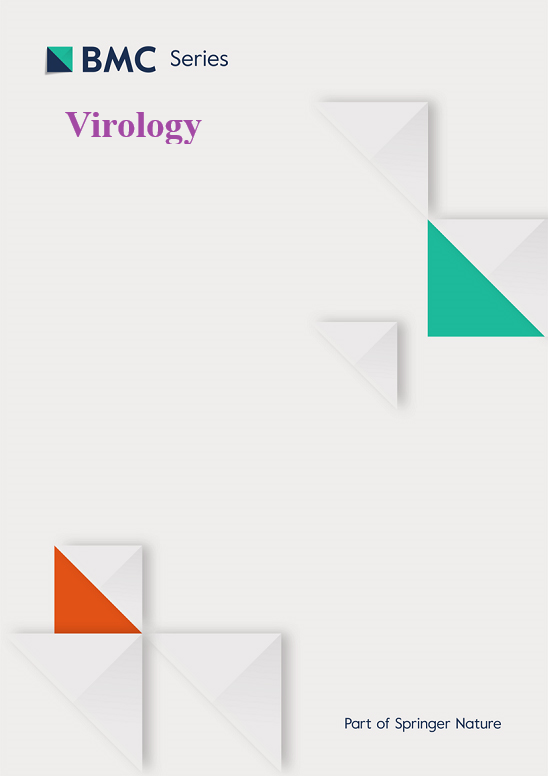The guinea pig as a relevant preclinical model in the rat race for a vaccine against congenital cytomegalovirus infection
IF 2.8
3区 医学
Q3 VIROLOGY
引用次数: 0
Abstract
Cytomegalovirus (CMV) is a leading cause of congenital disease in newborns causing cognitive impairment and hearing loss as a result of placental and fetal infection. Primary infection establishes a life-time persistent viral state with potential for severe disease in immune suppressed individuals. Natural convalescent immunity does not prevent re-infection or congenital CMV (cCMV) by a new viral strain. Despite decades of research, an effective vaccine against cCMV remains an elusive goal. The guinea pig is an important model for various human diseases and the only small-animal model for cCMV. Human CMV (HCMV) is highly species-specific, and animal studies require species-specific CMV. Guinea pig cytomegalovirus (GPCMV) exhibits similarities to HCMV for tissue tropism, cell entry pathways, receptors and functional homolog proteins as pathogenicity factors or vaccine target antigens. Consequently, studies in this model potentially enable a better understanding of CMV disease and preclinical development of therapeutic and intervention strategies against cCMV and cross strain protection. This review provides a summary of CMV research carried out in this model and advancements made towards the development of an effective cCMV vaccine.
豚鼠作为抗先天性巨细胞病毒感染疫苗大鼠竞赛的相关临床前模型
巨细胞病毒(CMV)是新生儿先天性疾病的主要原因,由于胎盘和胎儿感染导致认知障碍和听力丧失。在免疫抑制的个体中,原发性感染建立了终身持续的病毒状态,具有潜在的严重疾病。自然恢复期免疫不能预防新病毒株再次感染或先天性巨细胞病毒(cCMV)。尽管进行了数十年的研究,但针对cCMV的有效疫苗仍然是一个难以实现的目标。豚鼠是多种人类疾病的重要模型,也是cCMV唯一的小动物模型。人类巨细胞病毒(HCMV)具有高度的物种特异性,动物研究需要具有物种特异性的巨细胞病毒。豚鼠巨细胞病毒(GPCMV)在组织趋向性、细胞进入途径、受体和作为致病性因子或疫苗靶抗原的功能同源蛋白方面与HCMV具有相似性。因此,该模型的研究可能有助于更好地理解巨细胞病毒疾病,以及针对巨细胞病毒和交叉毒株保护的治疗和干预策略的临床前开发。本文综述了在这种模式下进行的巨细胞病毒研究以及在开发有效的巨细胞病毒疫苗方面取得的进展。
本文章由计算机程序翻译,如有差异,请以英文原文为准。
求助全文
约1分钟内获得全文
求助全文
来源期刊

Virology
医学-病毒学
CiteScore
6.00
自引率
0.00%
发文量
157
审稿时长
50 days
期刊介绍:
Launched in 1955, Virology is a broad and inclusive journal that welcomes submissions on all aspects of virology including plant, animal, microbial and human viruses. The journal publishes basic research as well as pre-clinical and clinical studies of vaccines, anti-viral drugs and their development, anti-viral therapies, and computational studies of virus infections. Any submission that is of broad interest to the community of virologists/vaccinologists and reporting scientifically accurate and valuable research will be considered for publication, including negative findings and multidisciplinary work.Virology is open to reviews, research manuscripts, short communication, registered reports as well as follow-up manuscripts.
 求助内容:
求助内容: 应助结果提醒方式:
应助结果提醒方式:


